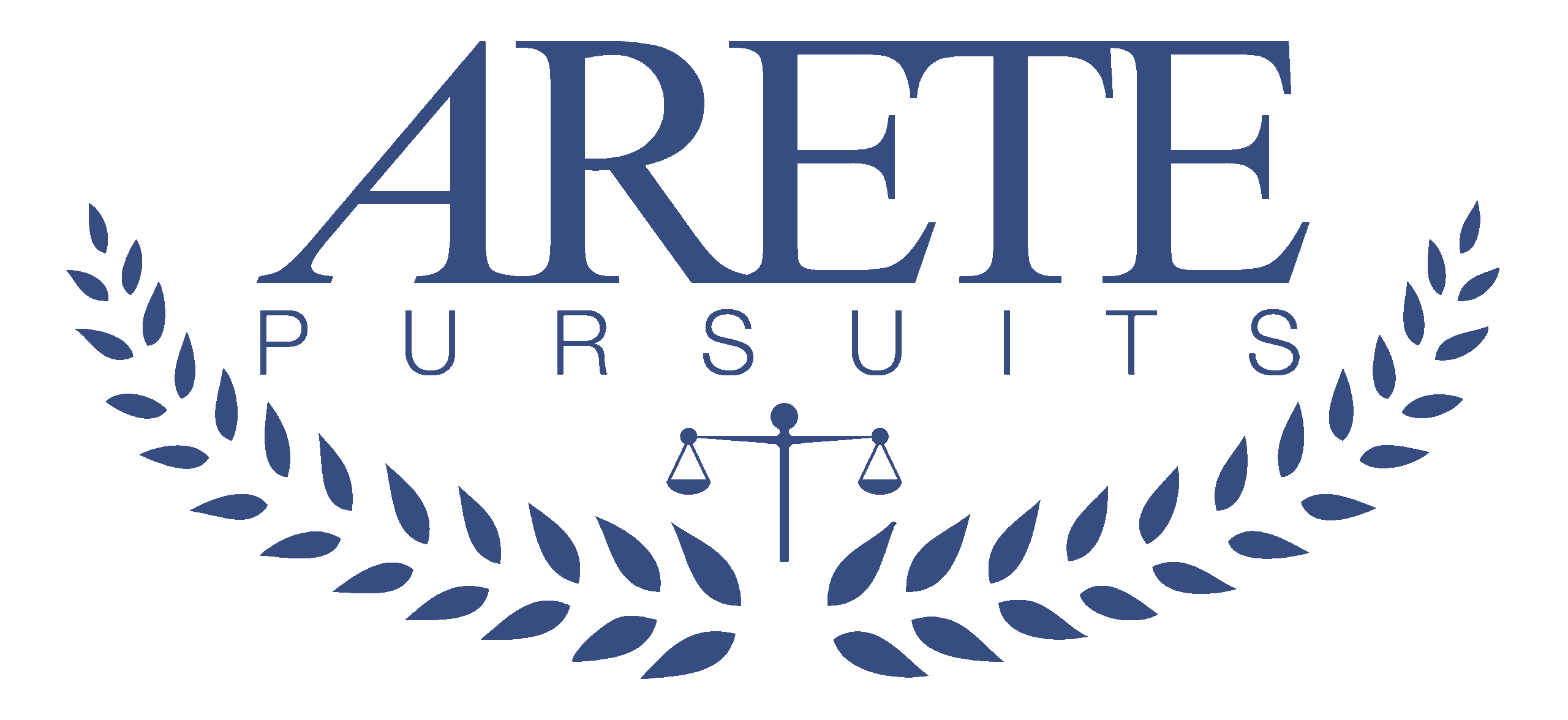“According to most studies, people’s number one fear is public speaking. Number two is death. Death is number two. Does that sound right? This means to the average person, if you go to a funeral, you’re better off in the casket than doing the eulogy.” – Jerry Seinfeld
For most leadership careers, the increase in responsibility brings more opportunities for public speaking, with increasingly large audiences and higher stakes. I am told I’m a pretty good speaker these days. I certainly wasn’t born that way. Here are a few of the techniques that worked for me.
Put In The Reps
This is the most common piece of advice you will hear. The most important thing you can do to master public speaking is to do a lot of public speaking. This is true for nearly anything we want to master (Mastery, by George Leonard, is an excellent book on the subject).
When I became a director, I implemented a monthly all-hands meeting with my 35-person organization. Every month, I stood in front of my extended team and shared updates on the business, reviewed our KPIs, and covered various ad-hoc topics.
I did not do this to improve my public speaking, and I wasn’t particularly anxious when speaking to this group because they were people I had grown up with and who respected me. However, looking back on that period of time, I recognize this was a perfect practice arena for developing my public speaking skills. With each all-hands meeting, I was a little more comfortable and confident.
Even if you lead a small team, practice presenting to that team regularly, even if it’s only a short update as part of the weekly staff meeting with the state of the union. Create a few slides and give it the formality of a proper presentation.
Look for other opportunities to start speaking. I know many excellent speakers who credit their time with Toastmasters as pivotal to their growth. You may also find speaking opportunities in your community, your church, or with your friends. Find a way to put in the reps.
Seek Feedback
Who is your role model public speaker? At Datatel, Liz Murphy was the pinnacle of excellence in public speaking. We all aspired to have the captivating stage presence that Liz exuded naturally. I remember marveling at her presentations. She often had slides that were pictures with no words, and I recall thinking how hard it must be to present without the benefit of words on the slide to remind you what to say.
As I honed my craft, I realized those words were as much a hindrance as a help. When you look at the audience and realize you’re losing them, having nothing but a picture gives you the flexibility to adapt your talk track on the fly. For an experienced speaker, this is a blessing, but early on, it was a terrifying thought.
I had a close colleague, Kyran Kennedy, who was an excellent speaker. I knew he was involved with Toastmasters and often judged speeches. I quickly recognized his gifts. Here was a person who not only knew the art of public speaking but had experience giving feedback to others to improve their speaking ability.
I approached Kyran with a request. I explained that someday, I wanted to reach Liz-level public speaking. I asked that he take notes every time he saw me speak and give me feedback afterwards, both on what I did well and where I could improve. He took this request to heart, and for years, he has consistently offered feedback when he has seen me speak, even after we no longer worked for the same company.
Two things about this request made it so impactful. First, I set a clear expectation that I wanted to improve. When a speaker asks us how they did without making it clear they want critical feedback, we tend to play the role of cheerleader and assure them it was fine, even if it wasn’t. Second, I made the request in advance so Kyran could go into my presentation actively looking for feedback opportunities.
Find the people you trust enough to give you meaningful feedback and ask them to help you grow your skills. Seek out what you can do better.
Reflect
Give yourself feedback as well. After each presentation, take a few minutes to note what went well and where you can improve. Here, it’s important to be a cheerleader. Many of us grew up in a culture that taught us never to be satisfied, and this can work against us. Celebrate the successes along with the opportunities.
Be a scientist. If you find yourself anxious, explore your anxiety. I recently worked with someone exploring their public speaking anxiety, and we considered several possible factors:
- The size of the audience.
- The members of the audience (Your direct reports? your executive team? your largest clients?).
- The stakes involved with the presentation (real or perceived).
- Comfort level with the material.
Don’t just notice the anxiety; track it to its source so you can identify shifts to make in the future to help you overcome it.
Embodiment and Visualization
When I worked for Kari Branjord, every time I had a big presentation, she would smile her warmest smile and tell me to “Be brilliant.” I’ve watched those two simple words work magic with so many people, and I’ve offered that same encouragement to countless others. Her statement put me in a positive, confident frame of mind and helped me step on stage as my best self.
Neuroscience is beginning to uncover why visualization works, particularly the work of Lisa Feldman Barrett. Our brain’s prime directive is to keep us alive. It does this by running simulations of what will happen next. It reviews the results, selects the most likely outcome, and then prepares the body for what it expects to happen next.
We tend to think we experience anxiety, and then our body reacts to that anxiety. Research suggests it is the other way around. Our brain predicts an outcome, it prepares the body by triggering hormones like adrenaline, and then we label what we feel in our body as the emotion, anxiety.
When we use visualization and embodiment to connect with a past experience where we showed up at our best, we are literally feeding information to our brain to affect its simulations. It’s akin to training your social media feed by telling it what content you like and don’t.
I often work with clients to connect with a past experience when they were at their best and fully embody that moment. Then I have them practice connecting with that experience every day for several weeks, and practice it again before they go on stage. Over time, the brain learns to accept this memory as the predictor of the outcome, and they can quickly shift from anxiety to their best self.
Often, it works the other way around. We get anxious, and we ruminate on that anxiety, focusing on our worst selves rather than our best selves. We prepare ourselves to deliver a poor presentation.
I remember one such example vividly—it still comes back after all these years. We had a client who wanted to leave us—something that rarely happened in those days. As always, Liz was scheduled to visit this client and convince them to stay. But something came up, and Liz couldn’t make the trip, so I was asked to fill her shoes.
I didn’t think I was ready. I certainly knew I wasn’t anywhere near Liz’s level. That lack of confidence fed my state of mind as I drove the two hours from the airport to the university. I did not present well. I felt out of my league. The client left us.
Thankfully, I’ve had countless positive experiences since then to draw upon.
Putting It Into Practice
If you want to be brilliant at public speaking, be deliberate in your efforts:
- Seek out opportunities to present regularly. Put in the reps.
- Find a role model and learn from them.
- Ask trusted friends and colleagues to observe you speak and offer constructive feedback.
- Practice visualizing and embodying past moments when you were at your best to train your brain and body to show up that way in the present moment.
Walkabout Corner
I started my day Saturday with a trail run. I met a couple from Northern Canada in the parking lot. I learned that the man was performing that night in an Irish/Celtic band. I was intrigued and wanted to attend their show, but I had dinner planned with dear friends that evening.
The Universe intervened, as it often does these days. My friends texted me during my run and asked if we could postpone dinner. My calendar was clear, and I was able to attend the show. I was able to reconnect with the man after the show, and he was delighted I could make it.
The band is Tartan Terrors. If you have the chance to see them, you’ll have an enjoyable evening. To my Northern Virginian friends, they will be at The Birchmere in Alexandria on June 25th. If you go, tell Ian that the Walkabout guy from Loveland, Colorado sent you.
I am an executive coach and life coach with software executive roots in higher education and EdTech. I coach because I love to help others accelerate their growth as leaders and humans. I frequently write about #management, #leadership, #coaching, #neuroscience, and #arete. For an AI-powered search of the blog archives, please visit The Aretist.
If you would like to learn more, schedule time with me.
Want to comment? Join the conversation on LinkedIn.

